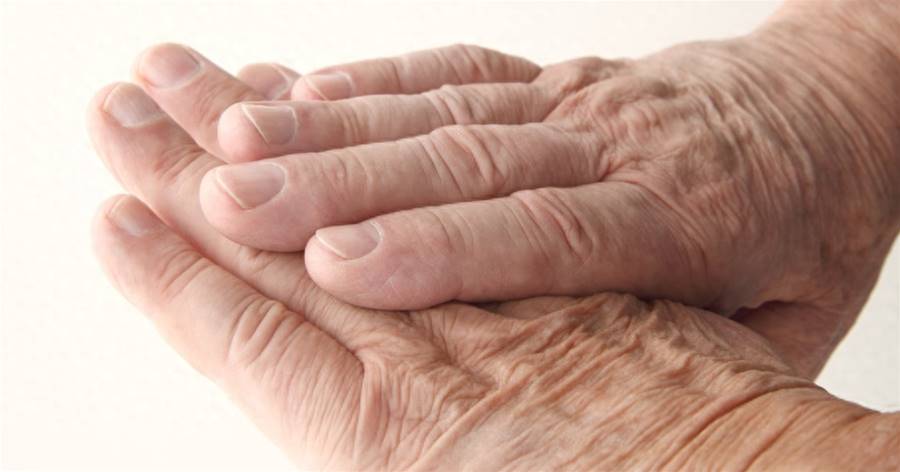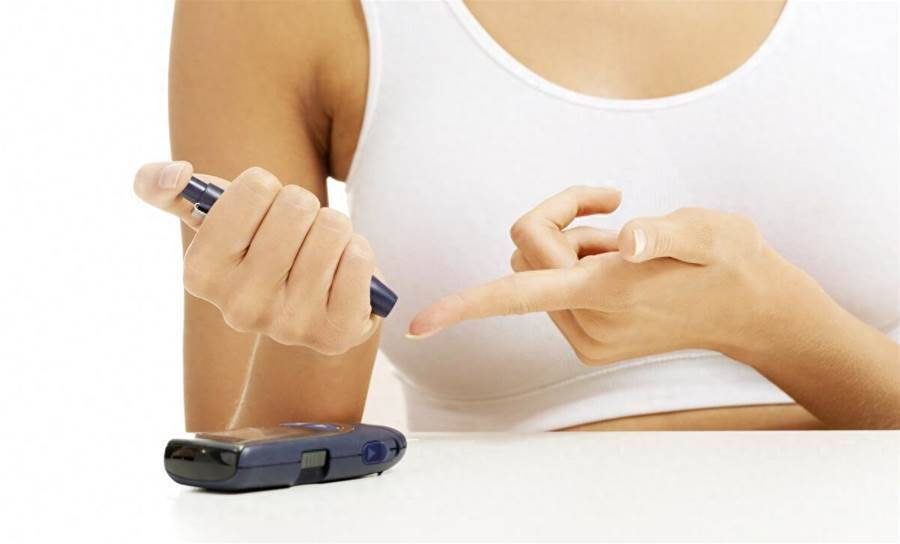
1. Delayed wound healing: Persistent high blood sugar affects blood circulation and nerve perception in the feet, making it difficult for skin wounds to heal. Additionally, high blood sugar increases the risk of wound infections.

2. Increased susceptibility to infections: Skin infections may manifest as shingles, hidradenitis, rashes, tinea corporis, and tinea pedis.
Controlling blood sugar levels, maintaining personal hygiene, and wearing breathable clothing can help prevent skin infections.

3. Skin itching: Many diabetes patients experience intense itching around the anus and external genitals, and sometimes throughout their whole body, affecting sleep and daily life.

4. Acanthosis nigricans: Insulin secretion abnormalities and insulin resistance may lead to acanthosis nigricans, an early sign of diabetes. Acanthosis nigricans is mainly characterized by excessive local skin keratinization and darkening.



















